Bobbling
What is bobbling?
Bobbling, also known as pilling, is the formation of small balls on the surface of wool clothing. These balls are made of wool fibres that have tangled together. Bobbling can affect the appearance and texture of an item but is a normal effect that natural wool items show. Chemical treatments can be added to the wool during manufacture to reduce the likelihood of bobbling. The majority of our suppliers use certified organic wool and the use of these chemical treatments is not permitted. The appearance of bobbles can be recognised as "proof" of a truly natural organic woollen item.What causes bobbling?
Bobbling is caused by friction and abrasion in daily wear. When wool fibres rub against each other, the skin, or other fabrics, they can break or loosen and stick together to form bobbles. Bobbling is more common in areas of high friction, such as the cuffs, armpits, elbows, or under other clothing. Bobbling is also more likely to occur where different fibre textiles meet, especially those that contain synthetic fibres such as polyester. Synthetic fibres are stronger and less flexible than natural fibres and can pull the wool fibres out of the fabric creating bobbles.How do I remove bobbles?
There are several methods to remove bobbles from wool clothing. However, you should try to avoid those that remove bobbles by pulling them from the garment. This can expose more loose fibres which will begin to bobble again.Disana suggests using a sharp standard razor to shave off the bobbles.
"Put the affected article on a table in front of you. Try to tension it a little e.g. clamp it against the table with your upper legs and on the other side lengthen it by pulling with your hand. Or ask your partner for help – this is less acrobatic. Use a dry, simple wet -razor and scrape carefully over the woolen article’s surface. Please mind the stitches, otherwise the article is broken. Process the surface bit by bit. Thereby the razor cuts the woolen beads. You’ll get the same effect with a pilling razor from the shop. However the wet-razors are much cheaper and easier to handle. After 10 minutes a woolen leggings or a jumper, etc. is free of pilling and looks brand new.
There’s another advantage about this procedure. Since you cut all surplus wool hair with the razor, pilling won’t appear in a long time. Often it is gone for years.
Please don’t use a so-called sweater stone or pick them by hand. You remove the visible pilling beads however at the same time you pull new fibre ends out of the knitted material. After a short time, the pilling continues."
What can I do to reduce bobbling?
There are some preventive measures that can help reduce bobbling on wool clothing, such as:- Wash the item inside out on a gentle or wool cycle, or hand wash if possible. The less friction it meets, the less it will bobble.
- Periodically condition the item with lanolin. An item with sufficient lanolin should bobble less.
- Air dry, never tumble dry. Heat and friction will damage the fibres and cause bobbling. Lay the garment flat or hang it to dry, and avoid direct sunlight, as it can fade the colour and weaken the fibres.
- Separate your clothes by fabric before washing. Avoid washing wool items with other fabrics that can cause abrasion.
Is bobbling a sign of a faulty product?
Bobbling is not a sign of a faulty product, as it can happen to any wool item over time, depending on how it is worn and cared for.
https://www.disana.eu/the-company/servicearea/questions-to-disana
https://engel-natur.de/gb/lexikon
https://www.woolmark.com/care/what-is-pilling
Copyright © 2025 Cambridge Baby.

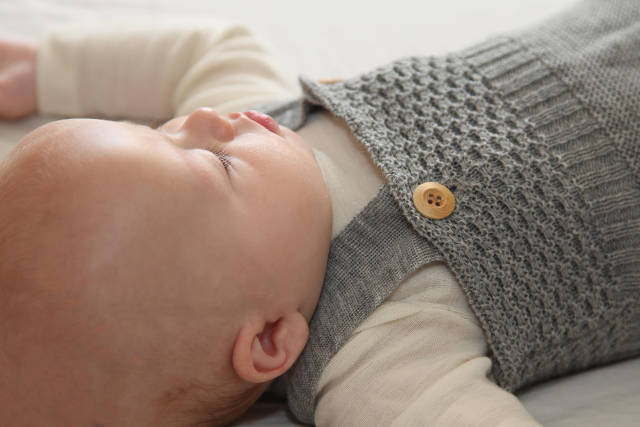
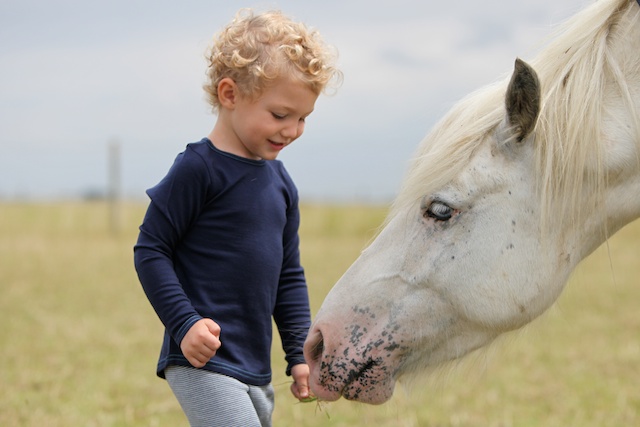
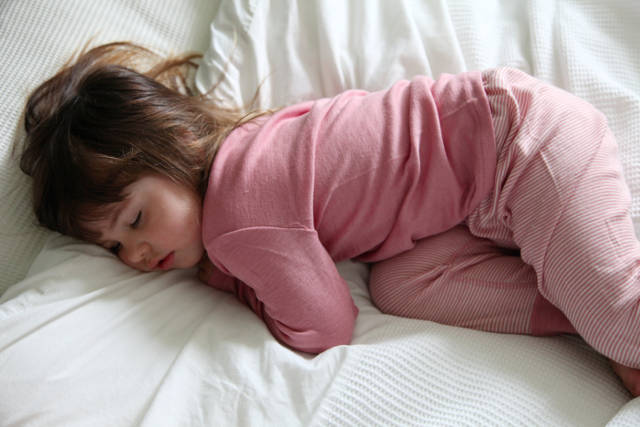



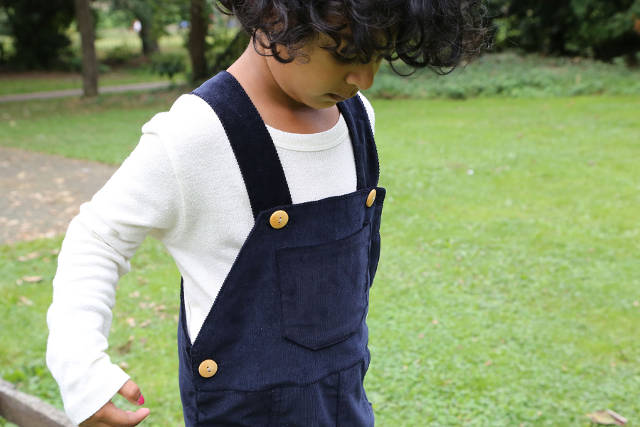


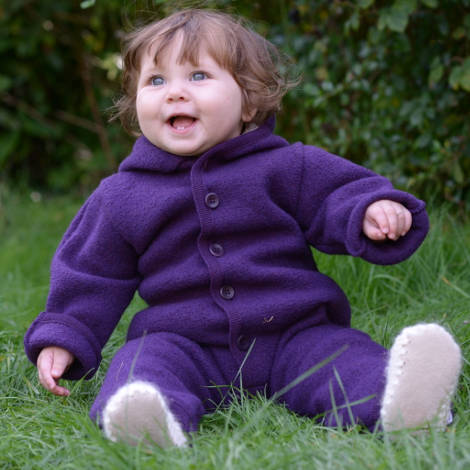
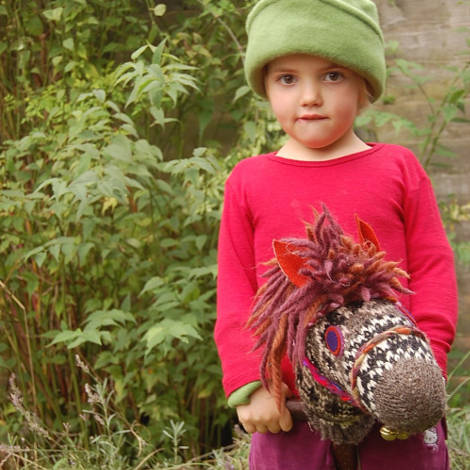
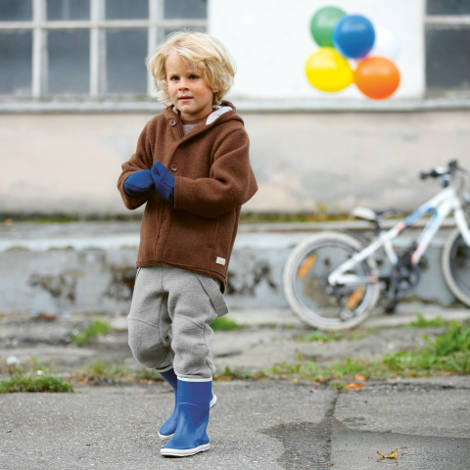
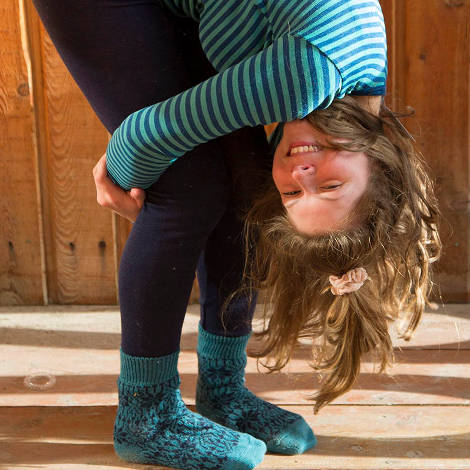

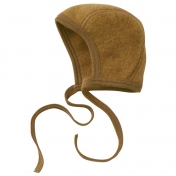
 Bobbling
Bobbling